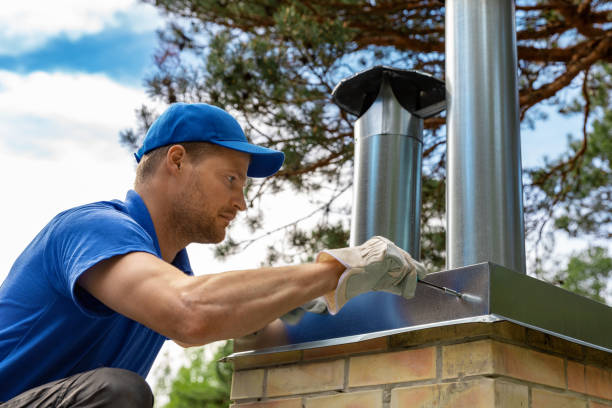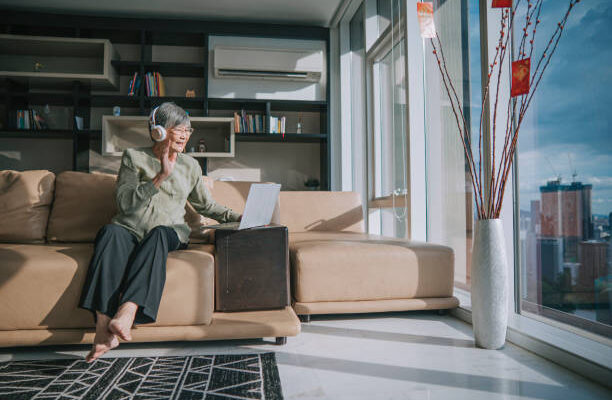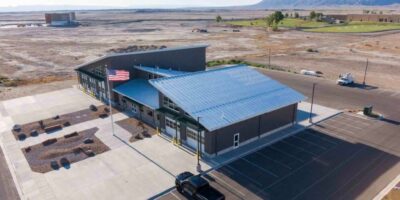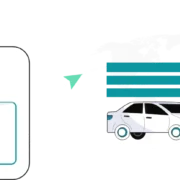In the realm of home improvement, the need to replace a chimney can often coincide with the desire to expand living space, perhaps through the addition of an Accessory Dwelling Unit (ADU) or Granny Flat. This comprehensive guide will walk you through the process of chimney replacement while exploring the possibilities of integrating an ADU Granny Flats into your property.
Understanding the Importance of Chimney Replacement
Maintaining Structural Integrity
A chimney serves as more than just an aesthetic feature; it plays a crucial role in maintaining the structural integrity of your home. Over time, wear and tear, weather damage, and deterioration can compromise the chimney’s stability, posing a risk to the entire structure.
Ensuring Safety
A deteriorating chimney can also present significant safety hazards, such as the risk of collapse or the potential for fire hazards. Cracks or gaps in the chimney can allow heat, sparks, or even embers to escape, posing a danger to your property and loved ones.
Enhancing Energy Efficiency
A properly functioning chimney is essential for efficient ventilation and the proper operation of heating appliances. By replacing an old or damaged chimney, you can improve energy efficiency, reducing heating costs and minimizing environmental impact.
Signs That Your Chimney Needs Replacement
Cracks and Mortar Decay
Inspect your chimney regularly for signs of cracks, crumbling mortar, or loose bricks. These are indicators of structural damage that may require chimney replacement.
Leaks and Water Damage
Water stains on the ceiling or walls near the chimney, as well as dampness or musty odors in the chimney itself, suggest leaks or water damage that necessitate prompt attention and possible replacement.
Rust and Corrosion
If your chimney is equipped with a metal liner, be vigilant for signs of rust or corrosion. These can weaken the liner, compromising its ability to contain smoke and gases, and may require replacement.
The Process of Chimney Replacement
Inspection and Assessment
Before embarking on chimney replacement, it’s crucial to conduct a thorough inspection and assessment. A qualified chimney specialist can identify the extent of damage, determine the most suitable replacement materials, and provide an accurate cost estimate.
Demolition and Removal
Once the decision to replace the chimney is made, the next step involves demolishing the existing structure and removing debris. This process requires careful planning to minimize disruption and ensure the safety of workers and residents.
Rebuilding and Installation
With the old chimney removed, the rebuilding and installation phase can commence. Depending on the scope of the project, this may involve constructing a new chimney from scratch or installing a prefabricated chimney system. Attention to detail and adherence to building codes are essential during this phase to ensure a safe and durable result.
Finishing Touches and Cleanup
Once the new chimney is in place, the finishing touches, such as sealing joints, applying weatherproofing materials, and installing chimney caps, are applied. A thorough cleanup of the work area ensures that the property is left in pristine condition.
Integrating an ADU Granny Flat with Chimney Replacement
Maximizing Space and Value
The decision to replace a chimney presents an opportunity to explore additional home improvement projects, such as adding an ADU or Granny Flat. These versatile living spaces can provide valuable extra square footage for rental income, multigenerational living, or personal use, enhancing both the functionality and value of your property.

Replacing a chimney
Design Considerations
When integrating an ADU or Granny Flat with chimney replacement, careful consideration must be given to design and layout. Factors such as zoning regulations, building codes, and aesthetic cohesion with the existing structure should all inform the design process to ensure a seamless integration.
Functional Features
Whether you envision your ADU or Granny Flat as a cozy guest cottage, a home office, or a rental unit, incorporating functional features such as a kitchenette, bathroom, and ample storage space is essential. Thoughtful design and attention to detail can maximize livability and appeal to potential occupants.
Sustainability and Energy Efficiency
Incorporating sustainable design elements and energy-efficient features into your ADU or Granny Flat can enhance its appeal and value. Consider options such as solar panels, high-efficiency appliances, and passive heating and cooling strategies to reduce environmental impact and operating costs.
Conclusion
Replacing a chimney is a significant undertaking that requires careful planning, expert craftsmanship, and attention to detail. By addressing structural issues promptly and investing in quality materials and construction, you can ensure the safety, efficiency, and longevity of your chimney for years to come. Moreover, integrating an ADU or Granny Flat into your property offers endless possibilities for expanding living space, enhancing functionality, and increasing property value. With thoughtful design, sustainable practices, and professional guidance, you can transform your home into a haven of comfort, convenience, and style.




















Comments